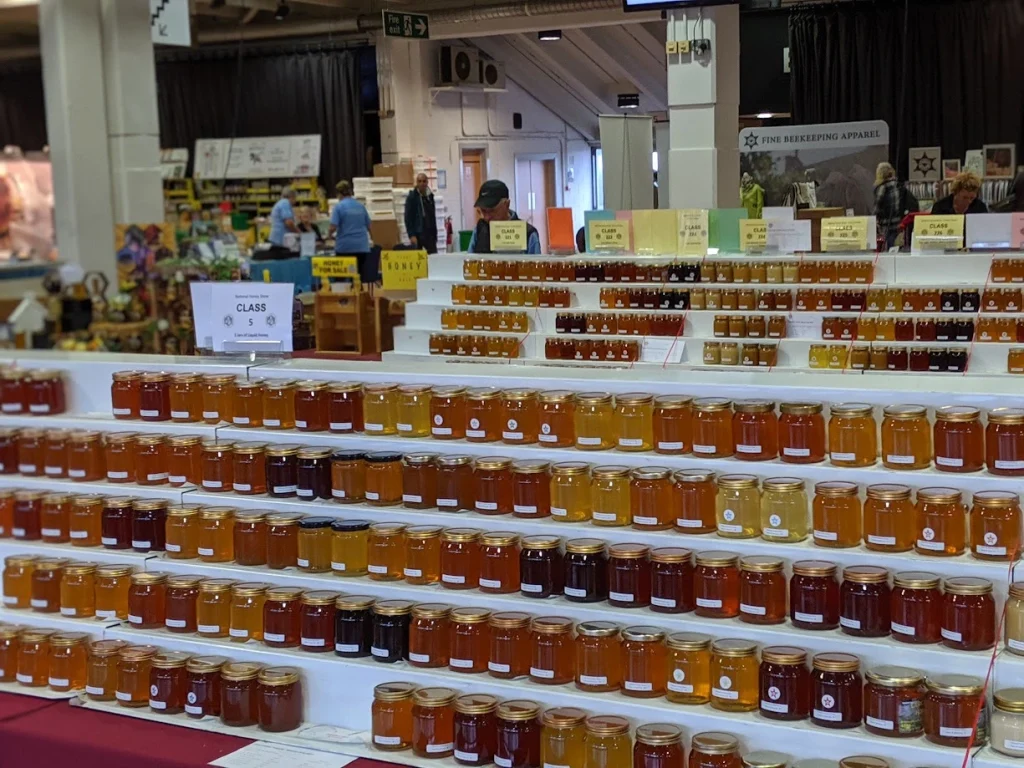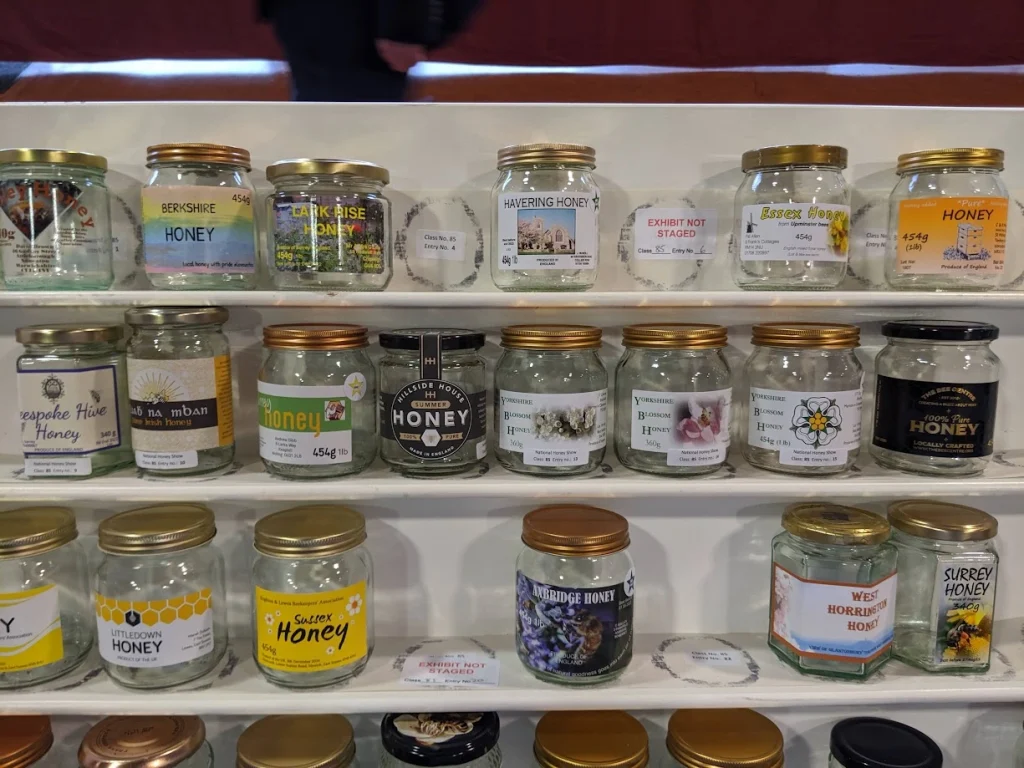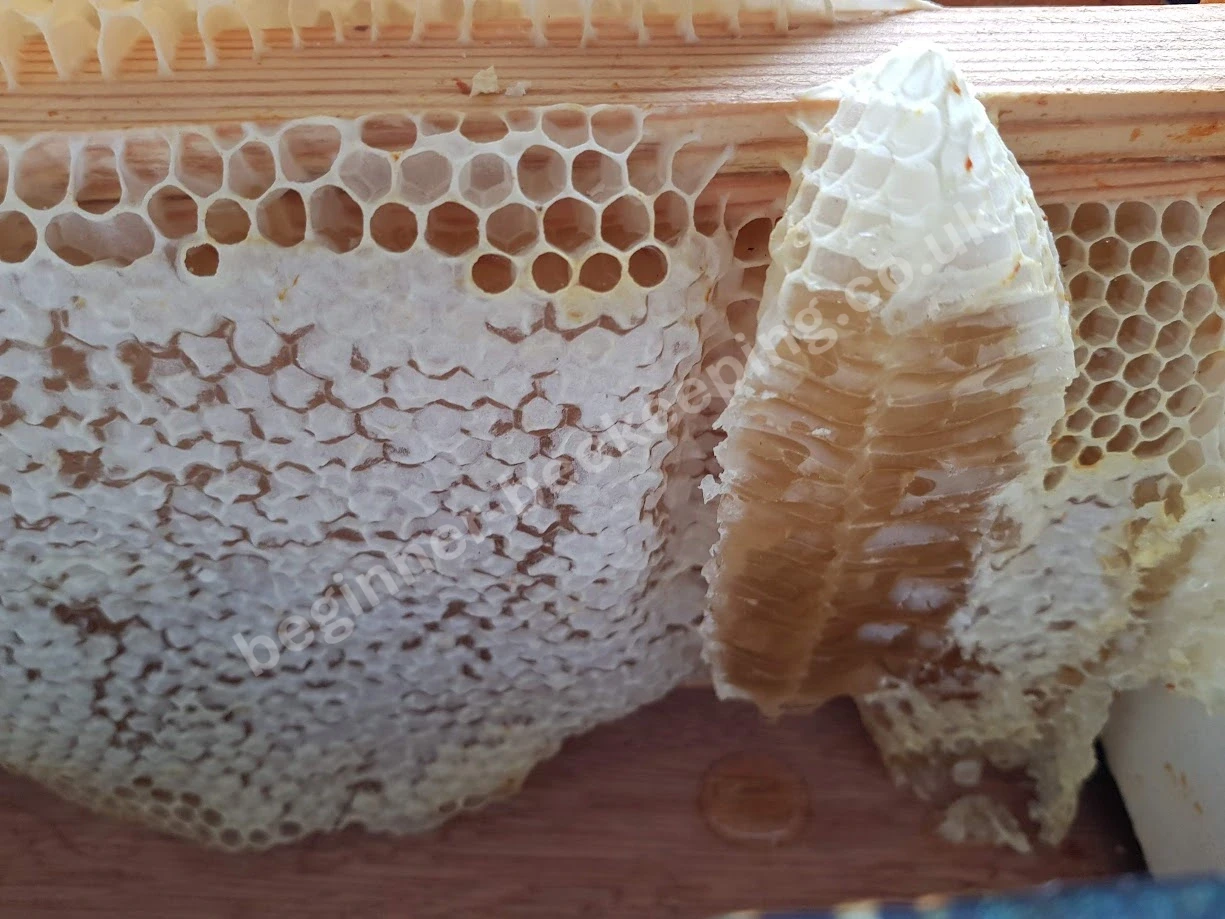In the UK, the term “raw honey” is popping up on more jars, farmers’ market stalls, and health food websites than ever before. But what does it actually mean? Is all raw honey the same? And can you trust what’s on the label?
We believe in transparency, education, and quality. Here’s what you need to know about raw honey, how it’s often misunderstood, and what to look for when choosing a jar of the good stuff.
What Does “Raw Honey” Actually Mean?

Raw honey is honey that has not been pasteurised (heated to high temperatures) or excessively filtered. This means it retains:
- Naturally occurring enzymes like diastase and invertase
- Pollen grains, which act like a natural fingerprint of where the honey was made
- Minute traces of propolis and beeswax, giving it a rich texture and complex flavour
- Its natural antibacterial and antioxidant properties
In short, raw honey is as close as possible to what the bees put in the comb – strained to remove debris, but not processed in a way that damages its nutritional value.
What the Public Thinks “Raw Honey” Means
Many customers associate “raw” with health and purity – but there’s confusion too. Some assume:
- “Raw” means “organic” (not always true)
- All supermarket honey is raw (almost never true)
- Clear, golden honey is more “pure” than set or crystallised honey (often the opposite!)
- If it says “natural” or “pure”, it’s raw (these are marketing terms, not regulated ones)
There’s also a misconception that runny honey is fresher or better – but raw honey often naturally crystallises, especially in cooler weather. In fact, crystallisation is a good sign that your honey hasn’t been heat-treated or filtered.
Honey Labelling in the UK: Loopholes and Limitations

(I’m sure these will be)
In the UK, honey labelling is regulated under the Honey (England) Regulations 2015, based on broader EU directives. But here’s the catch: the term “raw” is not legally defined.
This creates room for confusion. A jar labelled “raw” might still be:
- Heated above 45°C during bottling
- Filtered to remove all pollen, reducing traceability
- Blended from multiple countries (even if it says “packed in the UK”)
You may have seen honey labelled as:
- “Blend of EU and non-EU honeys” – a legally vague term meaning it could come from anywhere, often ultra filtered and pasteurised
- “Pure honey” – sounds wholesome, but again, it doesn’t mean unprocessed
- “Organic honey” – requires organic forage conditions, which are extremely difficult to guarantee in the UK due to land use and pesticide drift. Organic doesn’t necessarily mean raw, either.
This is why knowing your beekeeper matters. Local producers like us can tell you exactly when and where your honey was harvested, what plants the bees were foraging on, and how the honey has been handled from hive to jar.
How to Tell If Your Honey Is Truly Raw
To make an informed choice, here are some tips:
- Look for local producers who bottle honey themselves
- Check for cloudiness or fine crystals, signs of minimal processing
- Ask if the honey is cold-processed and unfiltered (or lightly filtered). Honey might be warmed to hive temperature during the extraction or bottling phases- that’s ok.
- If the label includes the source or even a jar code for traceability – that’s a great sign
- Support producers who educate about their bees and practices
Why Raw Honey Matters
Raw honey isn’t just a trend – it’s a return to authenticity. In a world full of over-processed foods and opaque supply chains, raw honey offers something rare:
- A connection to the land and the seasons
- Honest flavour that varies by year and forage
- The natural health benefits of enzymes, antioxidants, and more
- A direct link to the bees and the beekeepers who care for them
Whether you’re spreading it on toast, stirring it into herbal tea, or spooning it straight from the jar (no judgement!), raw honey is a simple, powerful food worth appreciating.
Final Thoughts: Trust Your Honey
The honey aisle can be a confusing place, full of labels that sound nice but say little. “Raw” may be unregulated, but it still means something – especially when it comes from a trusted, local beekeeper.
For us, raw means:
- Cold-processed
- Lightly filtered
- Full of life and character
- Never blended or imported
- And above all, traceable – from hive to jar

